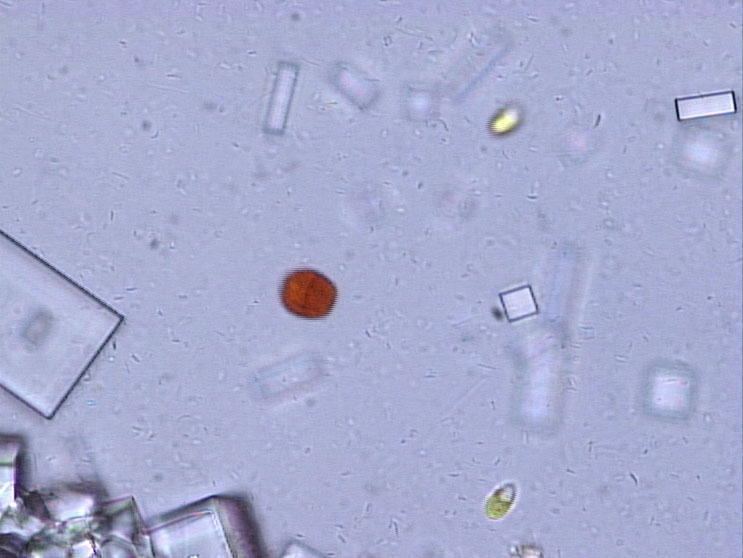Scientific name Halobacteriaceae | Phylum Euryarchaeota Rank Family | |
 | ||
Similar Archaeans, Halobacteriales, Haloarchaea, Halorubrum, Halobacterium | ||
Medical vocabulary what does halobacteriaceae mean
In taxonomy, the Halobacteriaceae are a family of the Halobacteriales in the domain Archaea. Halophilic Archaea are represented primarily by members of the family Halobacteriaceae, but also include methanogens from the genera Methanohalophilus and Methanohalobium that occur in the sediments of hypersaline lakes. The members of familly Halobacteriaceae solubilized phosphorus under the hypersaline regions. All phosphate solubilizing archaeal sequences obtained in our study by 16S rDNA amplification from the environment grouped within the Halobacteriaceae. P solubilizing capability of haloarchaea indicates that many more cultivable economically important archaeal stains await discovery and utilization in agriculture and allied sectors
Contents
Overview
Halobacteriaceae are found in water saturated or nearly saturated with salt. They are also called halophiles, though this name is also used for other organisms which live in somewhat less concentrated salt water. They are common in most environments where large amounts of salt, moisture, and organic material are available. Large blooms appear reddish, from the pigment bacteriorhodopsin. This pigment is used to absorb light, which provides energy to create ATP. Halobacteria also possess a second pigment, halorhodopsin, which pumps in chloride ions in response to photons, creating a voltage gradient and assisting in the production of energy from light. The process is unrelated to other forms of photosynthesis involving electron transport; however, and halobacteria are incapable of fixing carbon from carbon dioxide.
Halobacteria can exist in salty environments because although they are aerobes, they have a separate and different way of creating energy through use of light energy. Parts of the membranes of halobacteria are purplish in color and contain retinal pigment. This allows them to create a proton gradient across the membrane of the cell which can be used to create ATP for their own use.
They have certain adaptations to live within their salty environments. For example, their cellular machinery is adapted to high salt concentrations by having charged amino acids on their surfaces, allowing the cell to keep its water molecules around these components. The osmotic pressure and these amino acids help to control the amount of salt within the cell. However, because of these adaptations, if the cell is placed in a wet, less salty environment, it is likely immediately burst from the osmotic pressure.
Phylogeny
The currently accepted taxonomy is based on the List of Prokaryotic names with Standing in Nomenclature (LPSN) and National Center for Biotechnology Information (NCBI) and the phylogeny is based on 16S rRNA-based LTP release 106 by 'The All-Species Living Tree' Project.
Notes:
♠ Strains found at the National Center for Biotechnology Information (NCBI) but not listed in the List of Prokaryotic names with Standing in Nomenclature (LPSN)
♣ International Journal of Systematic Bacteriology or International Journal of Systematic and Evolutionary Microbiology (IJSB/IJSEM) published species that are in press.
